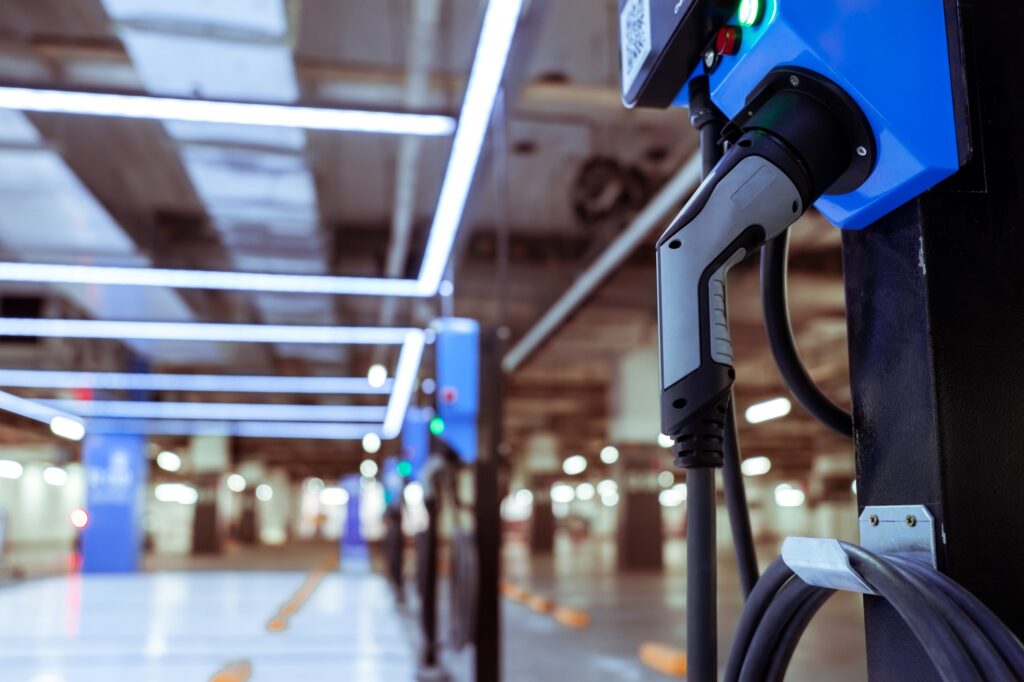The automotive industry has always been at the forefront of technological advancement, but with innovation comes the responsibility to protect consumers and the environment. Vehicle compliance with safety and emission standards is not merely a legal obligation; it represents a commitment to preserving the well-being of drivers, passengers, and the planet. Understanding the complexities of vehicle compliance is essential for manufacturers, regulators, and consumers alike. This article delves into the intricacies of safety compliance and emission standards, providing a clear roadmap for navigating these critical components of the automotive industry.
Navigating Vehicle Safety Compliance
The journey to vehicle safety compliance begins with a myriad of regulations designed to ensure that vehicles meet strict standards for occupant protection and road safety. In most countries, government agencies set these standards, which can include everything from seatbelt and airbag requirements to structural integrity and crash performance. Manufacturers must conduct rigorous testing, such as crash tests and safety feature evaluations, to certify that their vehicles are compliant before they can be sold to consumers.
The importance of safety compliance cannot be overstated, as it directly impacts the risk of injury or death in the event of an accident. Technological innovations, such as advanced driver assistance systems (ADAS) and autonomous driving features, are continuously pushing the boundaries of safety and, accordingly, the parameters of compliance. Regulators must regularly update safety standards to keep pace with these advancements, ensuring that new features do not introduce unforeseen risks.
Compliance also extends to after-sales. Recalls and regular safety assessments are a crucial part of the compliance landscape. If a vehicle is found to be non-compliant or poses a safety risk due to defects, manufacturers are required to take corrective action. This underscores the ongoing nature of vehicle safety compliance, a dynamic process that continues throughout the life cycle of a vehicle, guaranteeing the protection of road users at all times.
Understanding Emission Standards
Emission standards serve as the environmental cornerstone of vehicle compliance, setting limits on the amount of pollutants that can be emitted from a vehicle’s exhaust. These standards are pivotal in the fight against air pollution and climate change, targeting a range of harmful emissions such as carbon monoxide (CO), nitrogen oxides (NOx), particulate matter (PM), and volatile organic compounds (VOCs). Governments across the globe enforce these standards, requiring vehicle manufacturers to utilize technologies such as catalytic converters and particulate filters to mitigate emissions.
The landscape of emission standards is ever-evolving, with regulations becoming increasingly stringent in response to environmental concerns. For example, the European Union’s Euro 6 standards and the United States’ Tier 3 standards represent some of the most rigorous regulations in effect today. Car manufacturers must adapt to these evolving standards, which often necessitates significant research and development to create cleaner and more efficient engines or to transition to alternative fuels and electric vehicles.
Compliance with emission standards is not only about meeting regulatory benchmarks; it also reflects the auto industry’s commitment to sustainable practices and corporate social responsibility. With the global push towards reducing the carbon footprint, vehicle emissions are under intense scrutiny, spurring the industry towards an era of electric mobility and renewable energy sources. Adhering to strict emission standards is a critical step in the broader shift toward a more sustainable and environmentally conscious transportation sector.
Vehicle compliance with safety and emission standards is an integral part of the automotive industry’s commitment to public health and environmental stewardship. As we navigate the complexities of safety regulations and strive to meet rigorous emission benchmarks, it is clear that compliance is a shared responsibility. Manufacturers, regulators, and consumers must remain vigilant and proactive, ensuring that every vehicle on the road is not only a triumph of engineering but also a guardian of human life and the natural world. Through continued collaboration and innovation, the automotive industry can uphold the highest standards of safety and environmental care, driving us toward a safer, cleaner future on the roads.
Please rate this post

With over 20 years of experience in the car business, I’ve navigated the evolution of the industry from traditional sales to the dynamic digital age. My journey through various roles in both sales and management has endowed me with a unique perspective on the challenges and opportunities in automotive sales today.
As the founder of Shawn Ryder Digital, I combine my extensive background in technology with my deep understanding of the automotive industry. This synergy allows me to craft digital marketing strategies that are not just effective but tailored to the specific needs of each dealership. My commitment is to drive your sales, enhance your brand awareness, and ensure your dealership thrives in the digital landscape.
Here at Shawn Ryder Digital, we’re not just about providing services; we’re about building partnerships. As I often say, “In the fast-paced world of digital marketing, staying ahead isn’t just an option; it’s a necessity.”
Together, let’s embrace the challenges of the digital age and turn them into opportunities for growth and success. Join me in redefining the future of automotive digital marketing. Let’s accelerate your dealership’s journey to the top.
